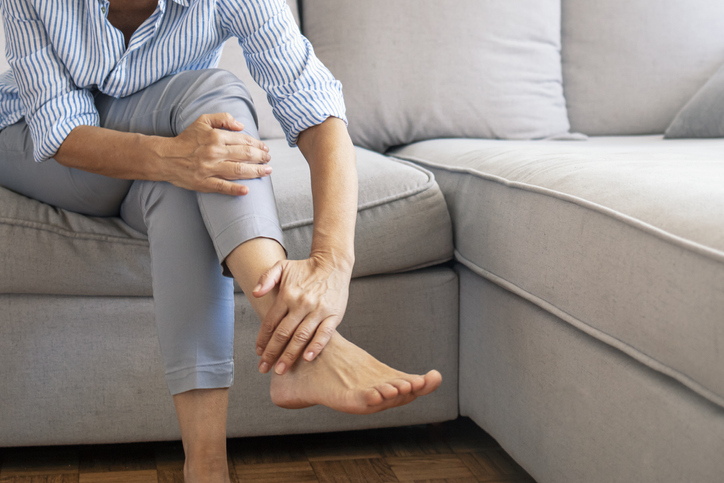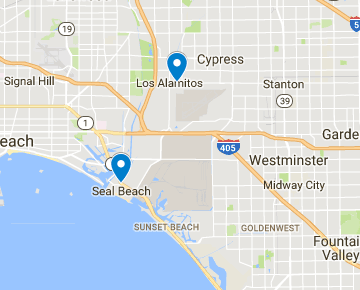How Do I Get Rid of a Ganglion Cyst on My Foot?

Ganglion cysts don’t develop only on the hands and wrists. They can also appear on the foot and ankle. Here’s what you need to know.
Ganglion cysts most often appear around the joints and tendons of the hands and wrists. Yet the round or oval fluid-filled sacs can also grow on your foot or ankle. Since your feet and ankles are joints made of many bones and tendons, they provide a fertile ground for Ganglion cysts to develop.
Although usually no bigger than an inch, a Ganglion cyst can cause pain if it hits a nerve. It may also interfere with the mobility of the joint. When active, you may notice the cyst swelling a bit more. At rest, the lump recedes. Ganglion cysts typically go away on their own within 12 to 18 months. If the cyst causes discomfort, you can try at-home remedies to reduce the pain or see a podiatrist for treatment.
Why do Ganglion cysts occur?
Ganglion cysts have no known definitive cause. The cyst may occur due to an injury or small tear to the delicate tissue covering the tendon. Repeated use of the joint can also irritate the tissue. A lump forms around the damaged tissue and fills with fluid in response to trauma or repetitive motions.
Age and gender are also factors. Ganglion cysts are most common among women between the ages of 20 and 40. Osteoarthritis in the joints raises the risk of developing a cyst, as well.
Treating Ganglion Cysts
To diagnose a Ganglion cyst, your podiatrist will note your physical symptoms. He may press on the cyst to assess any pain. He can determine if it’s solid or filled with fluid by shining a light through the lump. X-rays and MRIs may also be performed if other causes, such as arthritis, are suspected. Even if the cyst causes no pain, your podiatrist can monitor it until it fades.
Never try to treat the cyst by hitting it with a heavy object to make it disappear. That could damage surrounding tissue and bone. Don’t “pop” the sac on your own with a needle, either. Doing so may lead to an infection! Instead, opt for safer, conservative, at-home therapies like these:
- Take over-the-counter pain medications.
- Apply warm compresses to stimulate blood flood and help drain the fluid.
- Switch to comfortable shoes if your footwear irritates the cyst.
- Wear a splint to immobilize the joint. This will prevent irritation and reduce swelling.
If those methods fail, your podiatrist can drain the fluid from the cyst. However, the cyst is highly likely to return after aspiration. In rare cases, the entire cyst and the stalk connecting it to the tendon or joint are removed. Surgery greatly reduces the chance of a recurrence.
Have a painful foot?
The specialists at Alamitos-Seal Beach Podiatry are experts in diagnosing and treating all types of foot disorders, including Ganglion cysts. Your feet carry you through the day, so take good care of them! Contact us today for a consultation.





